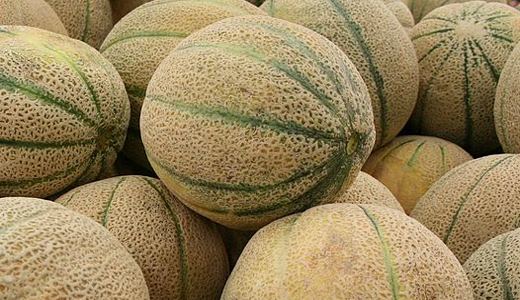
Contaminated cantaloupes have resulted in a listeria outbreak in the U.S., which has poisoned 72 people and taken 16 lives, according to a report by the Chicago Sun-Times and the Center for Disease Control.
The death toll from the infected fruit has spanned across 18 states, and according to Dr. Robert Tauxe, the number of people who could fall ill, or even die, may grow in the weeks to come. This is because listeria – unlike e. coli poisoning or swine flu, is not only more deadly, but takes a while for its symptoms to show up.
“That long incubation period is a real problem,” Tauxe remarked. “People who ate a contaminated food two weeks ago or even a week ago could still be falling sick weeks later.”
Specifically, listeria poses the largest threat to the elderly, pregnant women and those with low immune systems, the report elaborated.
The source of the outbreak is Jensen Farms, in Holly, Colo., where the cantaloupes were produced.
According to CBS, CDC Director Thomas Frieden said, “If it’s not [from] Jensen Farms, it’s okay to eat. But if you can’t confirm it’s not from [there], then it’s best to throw it out.”
Jensen Farms noted that it shipped out over 300,000 cases of the tainted fruit, each of which contained anywhere from five to 15 of the melons.
Often carried by animals, listeria bacteria is typically found in damp or muddy locations, and Sherri McGarry, a senior advisor in the FDA’s office of foods, said that the farm’s water supply and potential animal intrusion are being investigated as likely sources.
The fact that melons are the food items infected has come as a surprise, sources say, as the most commonly listeria-plagued foods in the past have been deli meats and soft cheeses. For example, in 1998, 22 people died after eating contaminated hot dogs by Bil Mar Foods. Prior to that, the report continued, in 1985, a listeria outbreak linked to Mexican soft cheese claimed 52 lives.
In recent years, however, the CDC noted, produce-related listeria illnesses have been on the rise; it was found in sprouts in 2009, and in celery in 2010.
The Sun-Times noted that one of the victims so far has been William Thomas Beach, 87, who collapsed at his Oklahoma home and subsequently died on Sept. 1. Debbie Frederick, Beach’s daughter, said her family learned that his death was directly due to Jensen Farms’ infected fruit.
“First you just kind of go into shock,” said Frederick. “Then it settles in that he would still be alive if this hadn’t happened. It’s a life, for what?”
Listeria symptoms include fever and muscle aches, and a variety of other gastrointestinal issues. Victims sometimes become fatigued, and are unable to speak.
As of now, roughly 1 to 4 million pieces of cantaloupe need to be recalled.
Photo: Toby Hudson/Wikipedia

MOST POPULAR TODAY

‘Warning! This product supports genocide’: Michigan group aims to educate consumers

Hold the communism, please: SFMOMA’s Diego Rivera exhibit downplays artist’s radical politics

Ohio: Franklin County treasurer attends Netanyahu meeting, steps up Israel Bond purchases

“Trail of Tears Walk” commemorates Native Americans’ forced removal

After months of denial, U.S. admits to running Ukraine biolabs






Comments